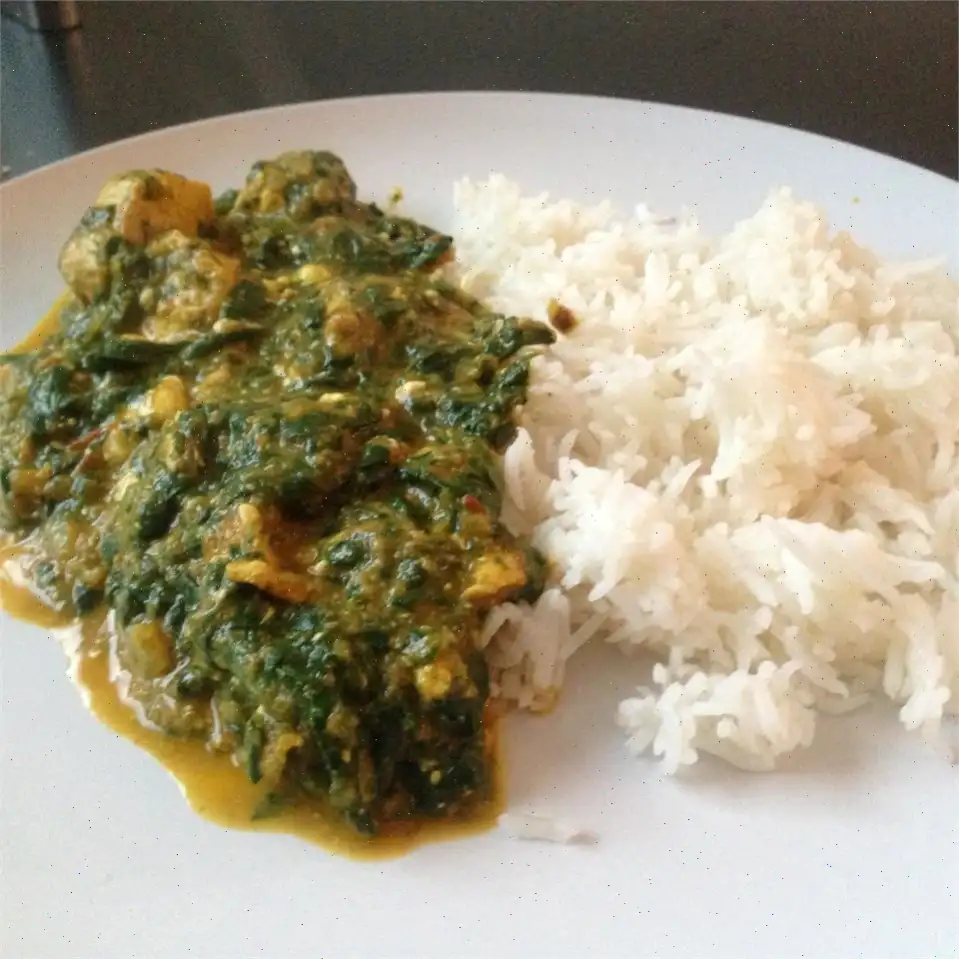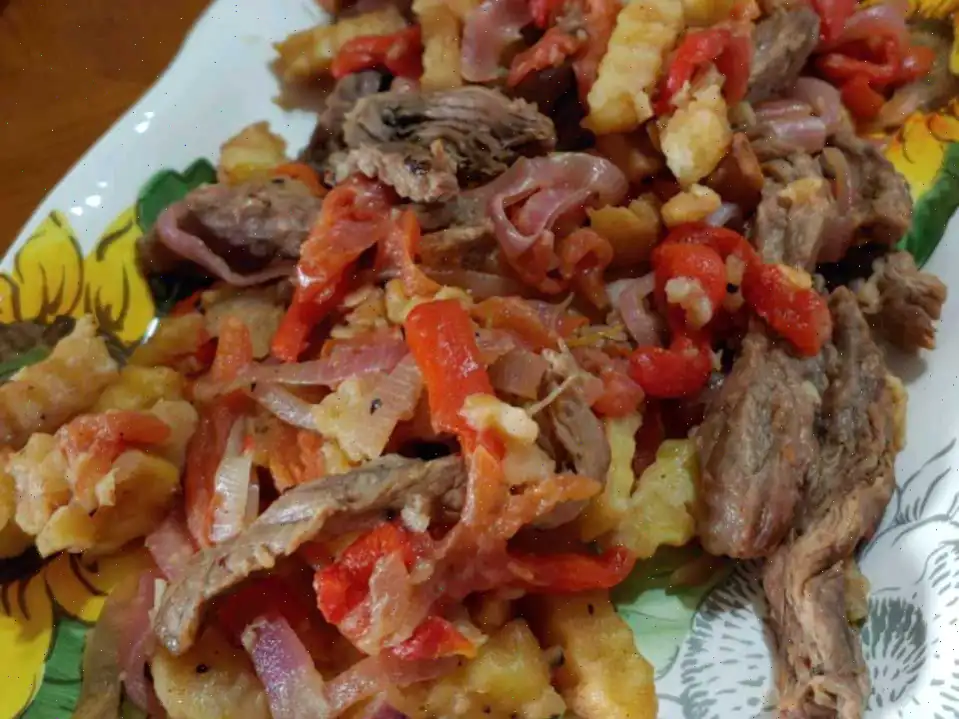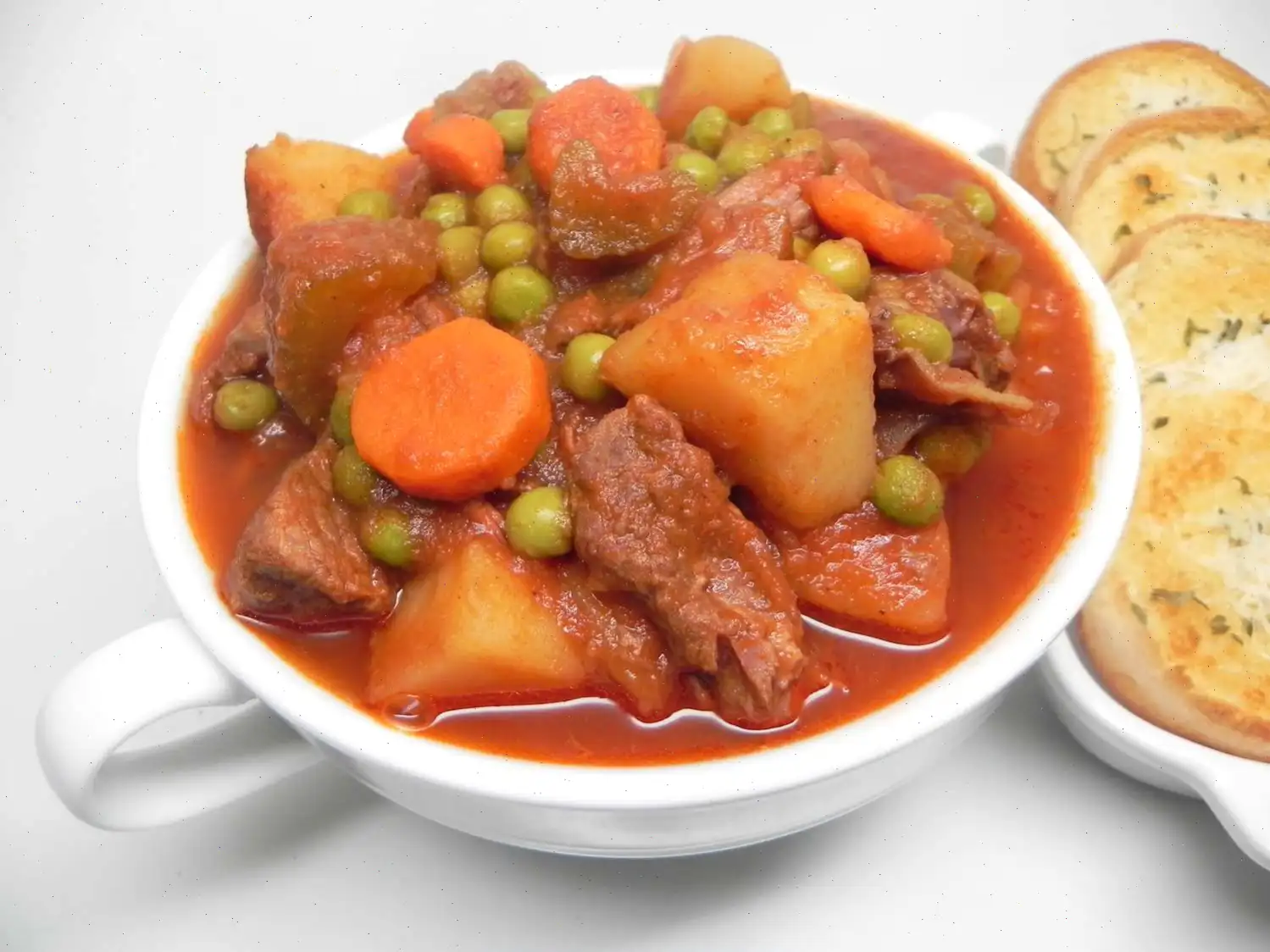
Chicken Saag Recipe
Spinach and Chicken Curry
This flavorful curry combines tender chicken with aromatic spices and fresh spinach for a satisfying and hearty dish. Follow these simple steps to create a delightful meal for six servings.
Ingredients
- cup vegetable oil
- 1 (3-pound) whole chicken, cut into pieces
- 2 pounds fresh spinach, rinsed and chopped
- cup water
- 2 large onions, minced
- 5 cloves garlic, minced
- 1 (1-inch) piece fresh ginger root, minced
- 1 (14.5 ounce) can crushed tomatoes
- 1 teaspoon ground coriander
- 1 teaspoon salt
- teaspoon cayenne pepper (or more to taste)
- teaspoon ground turmeric
- 2 cardamom pods
- 2 whole cloves
- 1 tablespoon water (if needed)
- cup milk
- 1 teaspoon garam masala
- 6 tablespoons sour cream
- 2 tablespoons butter
Directions
- Heat the vegetable oil in a large skillet over medium heat. Add the chicken pieces and cook until browned, about 8 minutes per side. Remove the chicken and set it aside.
- In a large pot, add the spinach with cup of water. Bring to a boil, cover, and remove from heat. Allow the spinach to steam for about 10 minutes. Transfer the spinach to a blender and pulse until finely chopped. Set the spinach aside.
- Return the skillet to medium heat and add the minced onions, garlic, and ginger. Fry the mixture, stirring frequently, until lightly browned, about 10 minutes.
- Pour in the crushed tomatoes, ground coriander, salt, cayenne pepper, turmeric, cardamom pods, and cloves. Stir in 1 tablespoon of water and cook the mixture, stirring frequently, for about 10 minutes.
- Pour in the milk and stir until everything is well combined.
- Add the browned chicken pieces back to the skillet. Bring the mixture to a simmer, reduce the heat, cover, and simmer for 20 minutes, or until the chicken is tender.
- Stir in the chopped spinach and garam masala. Cook for an additional 15 minutes until the spinach starts to stick to the skillet.
- Stir in the sour cream and bring the mixture to a simmer once again.
- Remove from heat and stir in the butter until fully melted and incorporated.
Nutrition Facts
Each serving (6 servings total) contains:
- Calories: 450
- Total Fat: 26g (33% DV)
- Saturated Fat: 8g (42% DV)
- Cholesterol: 113mg (38% DV)
- Sodium: 736mg (32% DV)
- Total Carbohydrates: 18g (7% DV)
- Dietary Fiber: 6g (22% DV)
- Total Sugars: 3g
- Protein: 39g (78% DV)
- Vitamin C: 54mg (60% DV)
- Calcium: 242mg (19% DV)
- Iron: 7mg (39% DV)
- Potassium: 1474mg (31% DV)

Origin and History
Chicken Saag, a quintessential Indian dish, is a combination of tender chicken pieces and vibrant spinach simmered in a rich, flavorful sauce. The name "Saag" refers to leafy greens, primarily spinach, and this dish is a part of the broader North Indian cuisine, especially popular in Punjab. The dish's roots trace back to the Mughal era, where the use of aromatic spices and slow cooking methods were perfected. Over time, the addition of greens like spinach and mustard leaves evolved the dish into what it is today. Historically, Saag was known for being a nutritious and warming meal during the colder months, as spinach is packed with vitamins and iron.
Regional Variations
While Chicken Saag is commonly enjoyed in many parts of India, it is most closely associated with the North, especially in Punjab and Delhi. In Punjab, Saag is often made with mustard leaves (Sarson) and sometimes with a mixture of other greens like bathua. The variation in greens used can slightly alter the flavor, making it spicier or earthier depending on the greens chosen. In South India, similar dishes are made with coconut milk and curry leaves, showcasing the regional differences in flavor profiles. However, Chicken Saag remains a beloved dish across all regions, with its tender chicken and spicy, creamy spinach sauce making it a crowd favorite.
Differences from Similar Dishes
Chicken Saag is sometimes confused with other Indian dishes like "Saagwala" or "Palak Chicken" (spinach chicken). While they share the common ingredient of spinach (or other greens), the preparation and spice blends distinguish Chicken Saag from its counterparts. Unlike Palak Chicken, which is a smoother, creamier dish with a mild flavor, Chicken Saag has a more robust and spiced base due to the inclusion of whole spices like cardamom, cloves, and garam masala. The addition of sour cream also lends a richness to the dish, setting it apart from other spinach-based chicken recipes. The use of onions, garlic, and ginger further intensifies the flavor, making Chicken Saag a more complex and fragrant dish.
Where It Is Usually Served
Chicken Saag is commonly served in Indian restaurants worldwide, particularly in establishments that specialize in Punjabi or North Indian cuisine. It's typically paired with basmati rice or naan, both of which complement the dish's rich, spiced sauce. In India, it is often served as a hearty meal during family gatherings or festive occasions. Its comforting nature makes it ideal for winter meals, and its especially popular in rural areas where it is often made with fresh, seasonal greens. In the West, it is a favorite among those looking to try authentic Indian dishes with a good balance of protein and vegetables.
Interesting Facts
- Spinach, the key ingredient in Chicken Saag, is known for its health benefits, particularly in providing iron and antioxidants that support overall health.
- The use of sour cream in Chicken Saag adds a creamy texture, which is a variation from traditional Indian recipes that may use yogurt or cream.
- The dishs vibrant green color comes from the spinach, which undergoes a transformation when cooked, turning from a bright leafy green to a rich, dark hue as it absorbs the spices and flavor.
- Chicken Saag is a great dish for meal prepping, as the flavors deepen and improve after a day or two of resting in the fridge, making it a perfect make-ahead dish for busy days.
- In some variations of the dish, additional ingredients like fenugreek leaves (methi) are added to enhance the flavor, adding a slightly bitter note that balances the richness of the dish.
FAQ about Chicken Saag Recipe
Comments
Steven Wilson
01/04/2024 10:50:39 AM
On par with many local restaurants, I suggest substituting a small amount of ground cloves for the two whole cloves, as they tend to blend into the dish and can be unpleasant when unexpectedly encountered in your mouth. The same goes for the cardamom pods. To replicate the flavorful rice commonly served at Indian restaurants, combine 2 cups of basmati rice with 1/2 tsp of whole cumin seeds, 1 tsp of salt, and a dash of onion powder. In a pan with a dollop of butter, toast the rice, cumin, salt, and onion powder until the rice takes on a light golden hue. Then, add 4 cups of water, bring to a boil, and simmer gently until cooked through (approximately 15 minutes). This dish pairs exceptionally well with homemade naan bread.
Dennis Thompson
10/10/2023 01:20:31 AM
The saag turned out perfectly, but the chicken was a bit dry. I suggest searing the chicken pieces before adding the tomato/onion spice mixture (which I also pureed to achieve a restaurant-like consistency). Using just 1/4 cup of water for the spinach (I used a whole bag) wasn't sufficient for proper steaming; you may need around 1 cup. Thawed frozen spinach could also be a time-saving alternative. Next time, I plan to add a couple of whole dried chilies for extra flavor. Furthermore, nonfat plain Greek yogurt is a great substitute for sour cream :)
Emily Lewis
02/03/2023 01:21:46 AM
I will continue to make adjustments until it is perfect. You definitely need to double the amount of Indian spices.
Michael Carter
08/19/2022 09:54:19 AM
Great recipe, but a bit lacking in spices. I added a little extra as suggested, but it could use even more. I would recommend doubling the amount next time.
Benjamin Jackson
03/03/2023 07:34:46 AM
This dish was absolutely delicious! I followed the recipe exactly as written, except I decided to round off my teaspoons as some others had suggested. I'm thinking of trying it with chicken breast chunks next time, just a personal preference. I also think it would be amazing with chickpeas, as one reviewer did, for a vegetarian option. The sauce was particularly outstanding.








